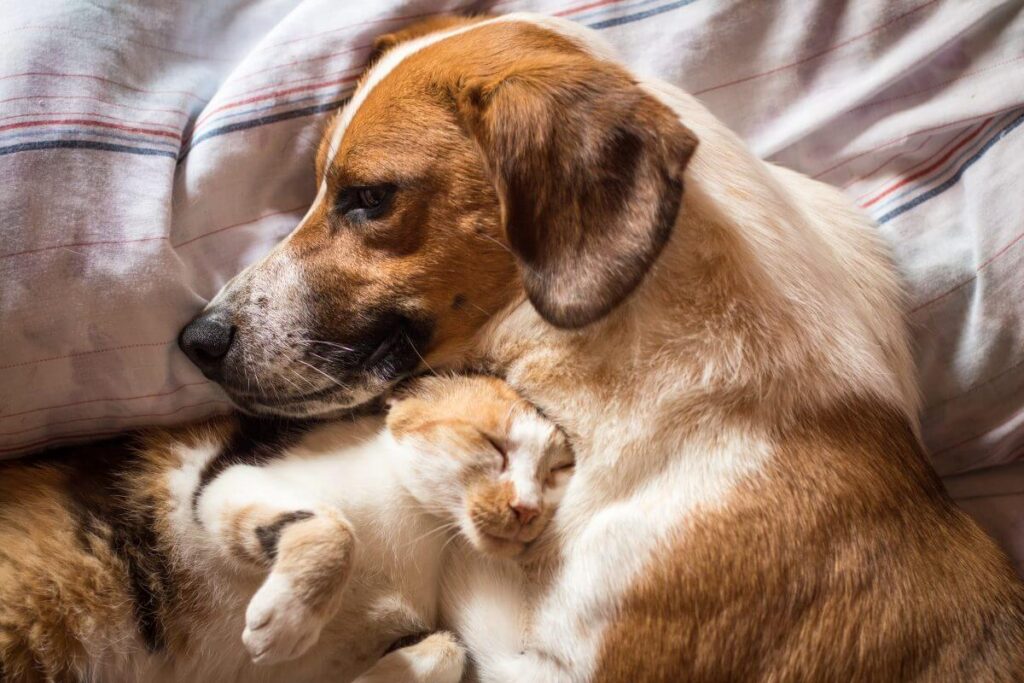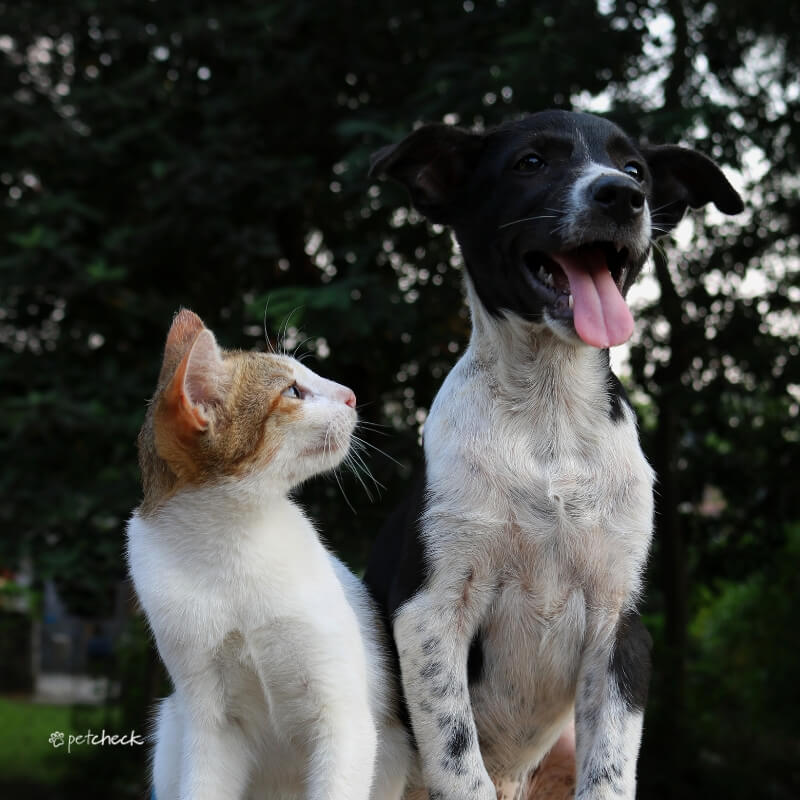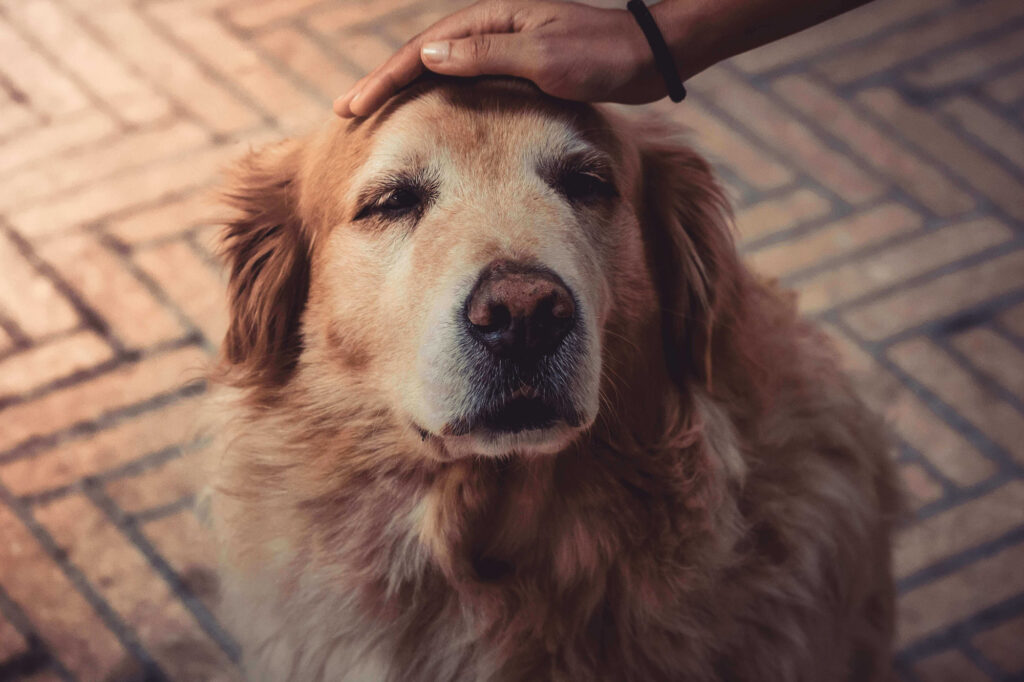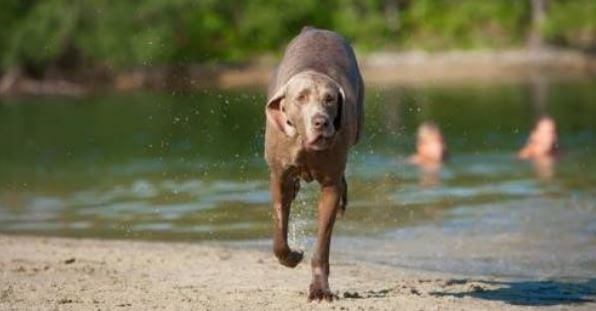
Aging Myths
Most of us have heard the words, “How old is your dog in Dog Years?” at some point in our lives. For ages, people have generally accepted the idea that one ‘Dog Year’ is more or less equal to seven human years. We form such strong bonds with our furry family members, and it’s normal for us to want to make them seem more human. But where does this frame of reference come from, and is it accurate?
Surprisingly, there is some logic behind it. In the lengthy history that we humans have, living alongside dogs and cats, we’ve observed that the average medium-sized dog lives for roughly one-seventh of a person’s life, and a cat, around a quarter as long as human life.
With so many different breeds, though, and huge variations in size, particularly in dogs, there can’t be a “one size fits all” measure. The larger the dog, generally speaking, the shorter his lifespan. Giant breeds like Great Danes and Irish Wolfhounds are seniors from as early as five years of age, while Chihuahuas, Miniature Poodles and Jack Russells would only be considered seniors at around ten or eleven and may reach ripe old ages of seventeen or eighteen. So, what of our ‘Dog Years’ viewpoint then?

Accurate Measure of Aging
Veterinarians use much more accurate measures for our pets’ ages, which focus on their life stage rather than on actual years (or “Dog/Cat Years”). An example of this would be:
Puppy: birth to sexual maturity
Junior: reproductively mature, still growing
Adult: finished growing, sexually and structurally mature
Mature: From middle to last 25 per cent of expected lifespan
Senior: Last 25 per cent of life expectancy
Geriatric: beyond lifespan expectation
Cats age roughly four times faster than humans, but this basic calculation can only really start when they reach two years of age. The first year takes a cat to late adolescence (keeping in mind that in this day and age, with improved diets and overall hygiene, cats can become reproductively mature as young as four to five months of age), and the second into young adulthood. You can then start counting in fours. A two-year-old cat is around twenty-four “human years”; adding four years for every one thereafter, a four-year-old cat would be the equivalent of a thirty-two-year-old person. That makes a nine-year-old cat approximately fifty-two in human terms and a sixteen-year-old cat about eighty.
Narrowing down a pet’s life stage helps us tailor their pet-care routines, nutrition, exercise, the types and dosages of medications we use, and a host of other considerations with regards to promoting good health at any age.

Signs of Aging
Dogs and cats have a lot in common with people when it comes to aging, and they may begin to slow down, get wrinkles and sprout a crop of grey hair.
The following are some typical signs of aging to look out for in our pets:
- Diminished sight and/or hearing. This isn’t always glaringly obvious, as animals adapt exceptionally well to disability and don’t necessarily show us that their senses aren’t as sharp as they used to be.
- Skin and coat changes – hair becomes peppered with grey, particularly around the muzzle, and may lose its sleek, glossy look and feel. At the same time, skin also thins and slackens like ours does as we age.
- General slowing down may be due to age-related slowing of the metabolism but can also indicate a health condition.
- Joint and muscular issues. Older pets are much less active than their younger counterparts. They may develop osteoarthritis and lose muscle mass from not exercising their joints and muscles.

Support:
The best way to care for senior pets is to bring them in for an annual Senior Health Check consultation. This is where a thorough physical examination, often together with blood tests, urinalysis, faecal tests and x-rays, will give us a clear picture of the health of your furry best friend. We’ll be able to advise you on any dietary changes that need to be made, how much exercise your dog or cat can tolerate, the state of his teeth and oral health, and ways to stimulate him mentally and keep his brain function optimal as well. The tests will determine whether there are underlying health concerns and even help catch problems early enough so that your pet can share your life for longer than if a disease had been allowed to develop unchecked.
Knowing how to pinpoint a pet’s life stage accurately enables us to tailor our health-care support, and our activities with them, how we interact, the environment we create, and much more. Let’s not wait for the next “How old is your cat in human years?” comment before we pay attention to the many factors that affect how Fluffy functions in the world at his age.
